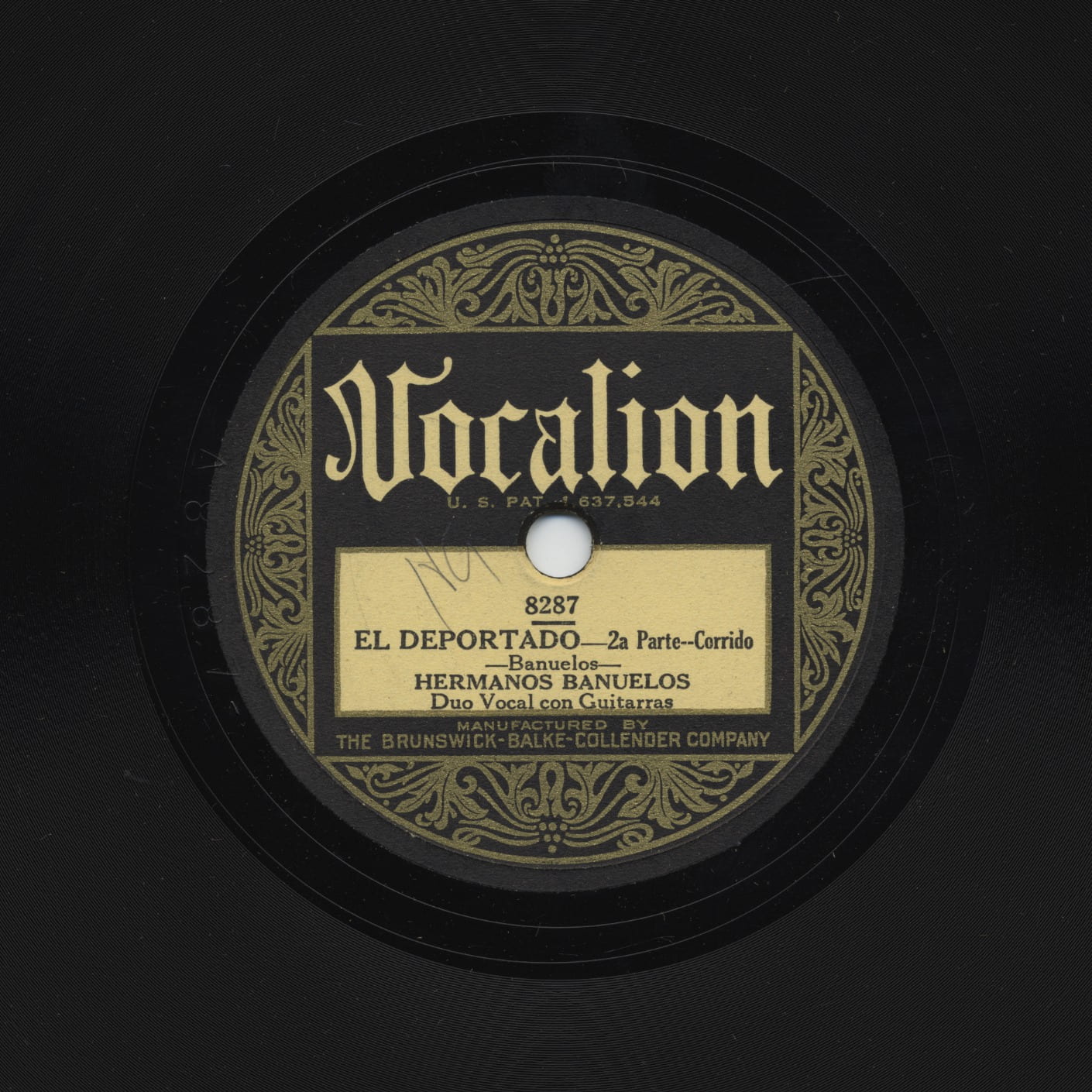Teach in Spanglish
Teach in Spanglish is founded on a simple idea: while just a small fraction of today’s college students will progress to the high-level, all-in-Spanish courses offered by language departments, more than two-thirds enter college with the ability to understand Spanish when given context in English, support from their instructor, and time.
Learn More
Over nearly a decade in the classroom, our team has shown that students who took Spanish for at least two years in high school, at least one year in college, and/or who were raised in a bilingual environment (Spanish as a Heritage Language speakers, or SHL) can, with proper support, engage in high-level analysis of Spanish and Spanglish primary sources and original texts, utilizing insights from linguistics to both structure the classroom experience and guide students in their engagement.
Beyond the academic value of Teach in Spanglish are the values of belonging for SHL students, and of global citizenship for students who study Spanish as a second language (L2). While scholars who are SHL speakers utilize their culturally specific linguistic knowledge to conduct research on Latinx communities, today’s SHL students typically learn during their K-16 years that U.S. Spanglish and other “non-standard” varieties of Spanish have no place in the academic environment. Rather than ignore or denigrate these language skills, Teach in Spanglish celebrates and rewards them. It also increases L2 students’ self-confidence as global citizens and their appreciation for the ways that language has functioned as an agent of power in history and in their own lives.
Teach in Spanglish was developed by and for college professors, but we know high school teachers are hungry for this type of pedagogy too. If you are adapting these materials for use in a high school classroom, please connect with us so we can learn more about your work and explore possibilities for collaboration.
Music credit: Corrido “El Deportado” by los Hermanos Bañuelos, early 1930s
Third-party texts, images, and other materials quoted in these materials are included on the basis of fair use as described in the Code of Best Practices for Fair Use in Open Education.
Who can teach in Spanglish?
If you are a professor whose research analyzes materials in Spanish or Spanglish, you can teach in Spanglish regardless of how comfortable you feel speaking in Spanish.
If you are a teacher who can read a basic text in Spanish, you can also teach in Spanglish.
Instructors can request free access to Teach in Spanglish resources by filling out this form.

What Resources Can I Access?
At our password-protected Canvas Free-to-Teacher site, you will find:

Primary Source Lessons

Instructor-facing Videos

Sample Assessments
Let's do it!
Our free online resources have everything you need to try this out in your own classroom.
Want to bring the Teach in Spanglish approach to a larger program in K-12 or higher education? Claudia Holguín Mendoza and Julie Weise are available for on-campus workshops, in-person or via Zoom. Just contact jweise@uoregon.edu
Ready to Teach in Spanglish?
Our materials are instructor-facing. You choose which student-facing materials to deploy in your course. If you are an instructor, fill out a quick form and we’ll give you access to our Canvas Free for Teacher site, where everything lives!
